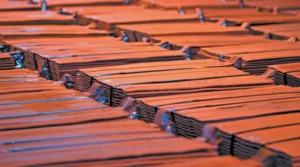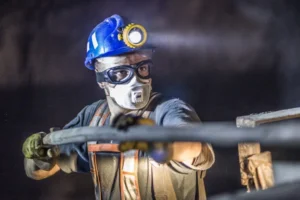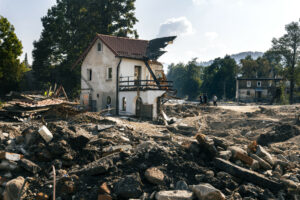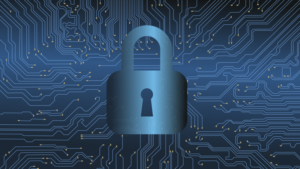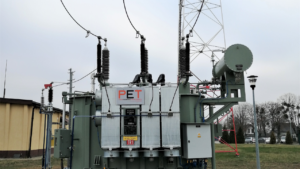KGHM begins work on building three new mine shafts
Jędrzej Stachura and Advertorial - 30.06.2025, 10:24
KGHM Polska Miedź S.A. will build three new mine shafts in the Copper Basin. The Company’s Management Board has decided to commence geological and hydrogeological exploration work for the GG-2 'Odra’, Retków and Gaworzyce projects. This is a landmark moment for the long-term development of KGHM and the future implementation of the development plan for […]


